Walking through Florence feels like stepping into a living museum where Renaissance history unfolds with each cobblestone. The Medici family, powerful bankers and art patrons, left their mark on nearly every corner of this magnificent city.
A guided Renaissance walking tour reveals hidden symbols and secret stories that most tourists miss. It brings the brilliant achievements of the Medici dynasty to life.

I recently joined a storyteller-guided tour that took us beyond the typical tourist paths. As we wandered through old streets and squares, our guide decoded the mysteries behind Florence’s most famous landmarks.
The tour covered both major attractions and lesser-known gems, making connections between art, politics, and the ambitious family that shaped Western civilization.
If you’re planning to visit Florence in 2025, I highly recommend booking a Medici-focused walking tour early in your trip. These two-hour experiences provide valuable context that enhances everything else you’ll see in the city.

You’ll learn what to visit, where to eat, and how to appreciate the layers of history that make Florence so special—all while following the fascinating thread of one family’s extraordinary legacy.
The Medici Legacy: Patrons of the Renaissance
The Medici family shaped Florence through their extraordinary patronage of the arts, architecture, and sciences. Their influence transformed the city into the cradle of the Renaissance, leaving behind magnificent buildings and artistic treasures that continue to awe visitors today.
Cosimo I de’ Medici: The First Grand Duke
Walking through Florence, I’m constantly reminded of Cosimo I’s powerful presence. He transformed the Medici family from wealthy merchants into a ruling dynasty after becoming Duke of Florence in 1537.
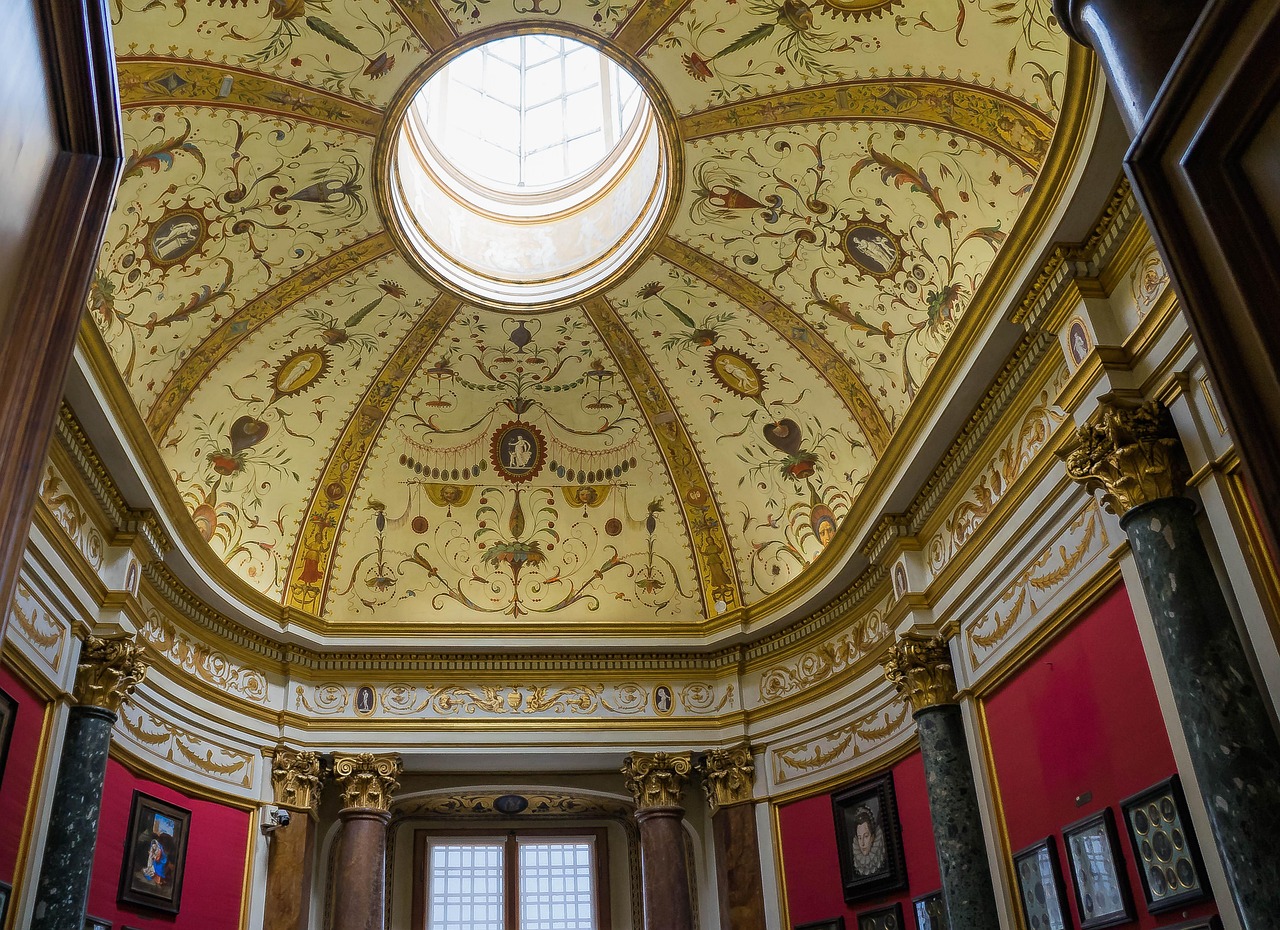
Cosimo commissioned massive building projects throughout the city. The Uffizi Gallery was originally his administrative offices before becoming one of the world’s greatest art museums.
His strategic marriages and political savvy earned him the title of Grand Duke of Tuscany in 1569 – a hereditary position that cemented Medici power for generations. As you explore Florence, you’ll notice his symbol – the capricorn – adorning many buildings, a subtle reminder of his ambitious nature.
The Majestic Palazzo Vecchio
Standing in Piazza della Signoria, I’m always struck by the imposing Palazzo Vecchio with its distinctive crenellated tower. This medieval fortress-palace served as both the seat of government and the Medici residence.
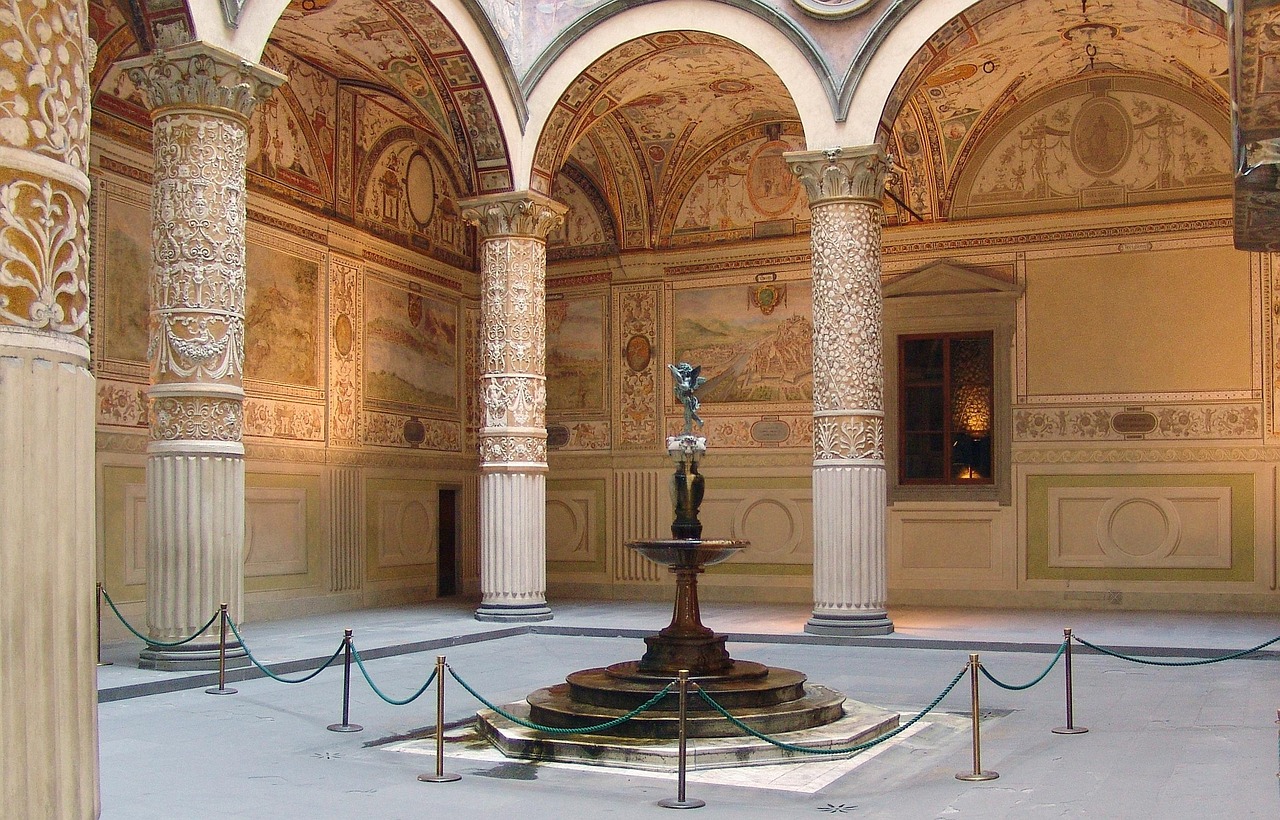
When Cosimo I moved in during the 1540s, he transformed its interior into a Renaissance masterpiece. The stunning Hall of the Five Hundred features ceiling paintings by Vasari celebrating Medici triumphs.
Don’t miss the private apartments where the family once lived. The ornate studiolo of Francesco I contains hidden cabinets where he stored his precious collections. The palace beautifully illustrates how the Medicis blended political power with artistic patronage.
Medici Chapels: A Family Mausoleum
The Medici Chapels house some of Michelangelo’s most magnificent sculptures. I recommend arriving early to appreciate these masterpieces without crowds.
Within the New Sacristy, Michelangelo created tombs for two younger Medici dukes – Lorenzo and Giuliano. His allegorical figures of Dawn, Dusk, Day, and Night rank among his greatest achievements.
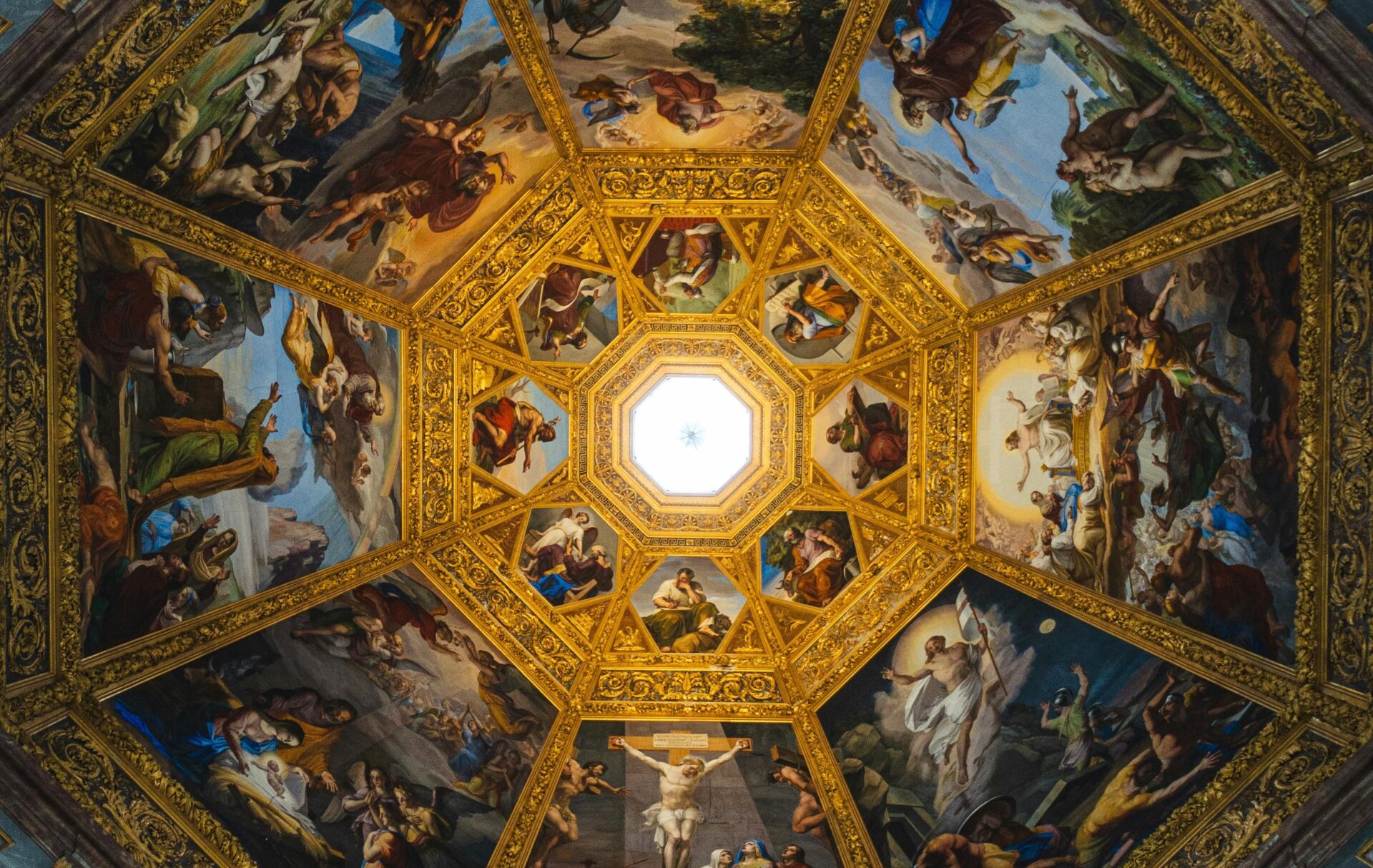
The octagonal Chapel of the Princes showcases the family’s wealth and power. Its walls feature inlaid precious stones and the Medici coat of arms. The grandeur was designed to impress visitors with the family’s divine right to rule.
Below in the crypt lie many generations of Medicis, a poignant reminder of the dynasty that funded masterpieces we still admire today.

Masterpieces of the Uffizi Gallery
The Uffizi Gallery houses some of Italy’s most precious Renaissance treasures, with over 60,000 square feet of art that tells the story of Florence’s golden age and the Medici family’s patronage.
Botticelli’s Birth of Venus: An Icon of Beauty
Standing before Botticelli’s “Birth of Venus” at the Uffizi is truly breathtaking. This massive canvas shows Venus emerging from the sea on a shell, her flowing blonde hair and graceful pose capturing the Renaissance ideal of beauty.
I recommend arriving early to see this masterpiece without crowds. The painting’s soft colors and delicate lines reveal Botticelli’s genius up close.

When I visit, I always notice how Venus’s modest pose reflects both classical mythology and Christian values of the time. The Medici family commissioned this work around 1485, showing their dedication to blending pagan themes with religious sensibilities.
Look for the gentle wind gods Zephyr and Aura blowing Venus to shore – these small details make the painting come alive!
Leonardo da Vinci’s Annunciation: A Master’s Touch
Leonardo’s “Annunciation” showcases his revolutionary techniques that changed Renaissance painting forever. Created when he was just 20 years old, this work demonstrates his early brilliance.
I’m always struck by the detailed landscape behind the Angel Gabriel and Mary. Leonardo painted each flower and leaf with scientific precision. His use of perspective creates depth that was groundbreaking for its time.
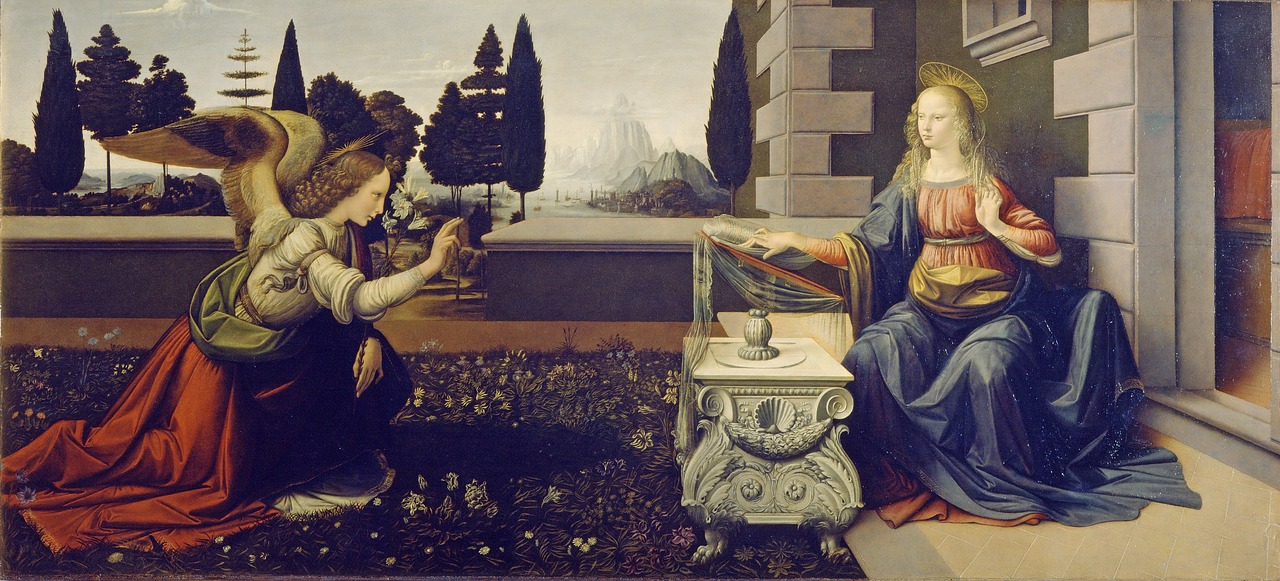
The angel’s wings particularly fascinate me – they’re modeled after real bird wings that Leonardo studied meticulously. This blend of art and science defines his approach.
When viewing this piece, take time to notice the subtle interplay of light across the figures and how Leonardo uses his famous sfumato technique. The soft, hazy quality gives the scene an ethereal feeling that perfectly captures this divine moment.
Architectural Wonders of Florence
Florence’s skyline is defined by remarkable structures that showcase Renaissance genius and innovation. These architectural marvels continue to inspire visitors and stand as testaments to human creativity and technical skill.
Brunelleschi’s Dome: The Crown of the Duomo
Walking through Florence, I’m always drawn to the magnificent dome of the Cathedral of Santa Maria del Fiore. Filippo Brunelleschi’s masterpiece remains the largest brick dome ever constructed, completed in 1436 without traditional wooden supports.
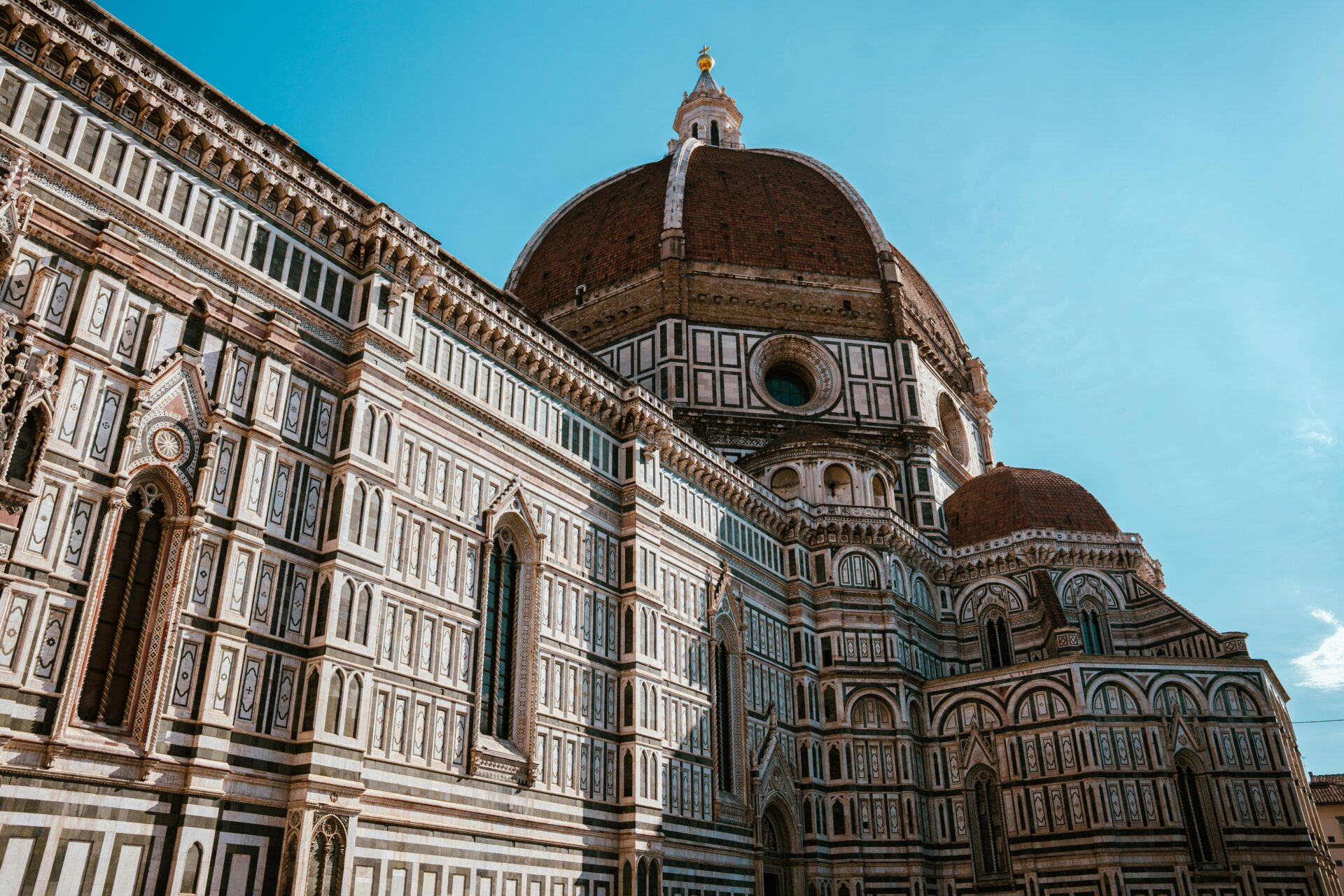
The dome rises 114 meters high and spans 45 meters in diameter. What amazes me most is how Brunelleschi solved a problem that had stumped architects for decades. He created an innovative double-shell design with a herringbone brick pattern that allowed the dome to support itself during construction.
Climbing the 463 steps to the top offers breathtaking views of Florence’s terracotta rooftops. Inside, Giorgio Vasari’s stunning Last Judgment fresco covers the dome’s interior, making it both an architectural and artistic wonder.
Giotto’s Bell Tower: A Skyward Masterpiece
Standing beside the Duomo is Giotto’s Campanile, a slender yet powerful bell tower that perfectly complements Brunelleschi’s dome. Designed by the renowned artist Giotto di Bondone in 1334, this 84-meter tall tower exemplifies the elegance of Florentine Gothic architecture.

The tower features a colorful marble façade with white marble from Carrara, green marble from Prato, and red marble from Siena. I find the decorative elements particularly fascinating – intricate reliefs depicting human endeavors from agriculture to astronomy.
Though Giotto died after completing only the first floor, successive architects followed his vision. The climb to the top involves 414 steps, but the panoramic views make every step worthwhile. On clear days, I can see all the way to the surrounding Tuscan hills.
Exploring the Artistic Haven of the Oltrarno
Crossing the Arno River reveals Florence’s creative soul in the Oltrarno district, where Renaissance patronage meets contemporary craftsmanship. This enchanting area remains the beating heart of Florentine artistry, home to both royal palaces and humble workshops.
Palazzo Pitti and the Boboli Gardens
The magnificent Palazzo Pitti stands as a testament to Medici wealth and power. I was awestruck by its imposing façade when I first approached this massive Renaissance palace. Originally built for the Pitti family, it was purchased by the Medicis in 1549 and transformed into their primary residence.
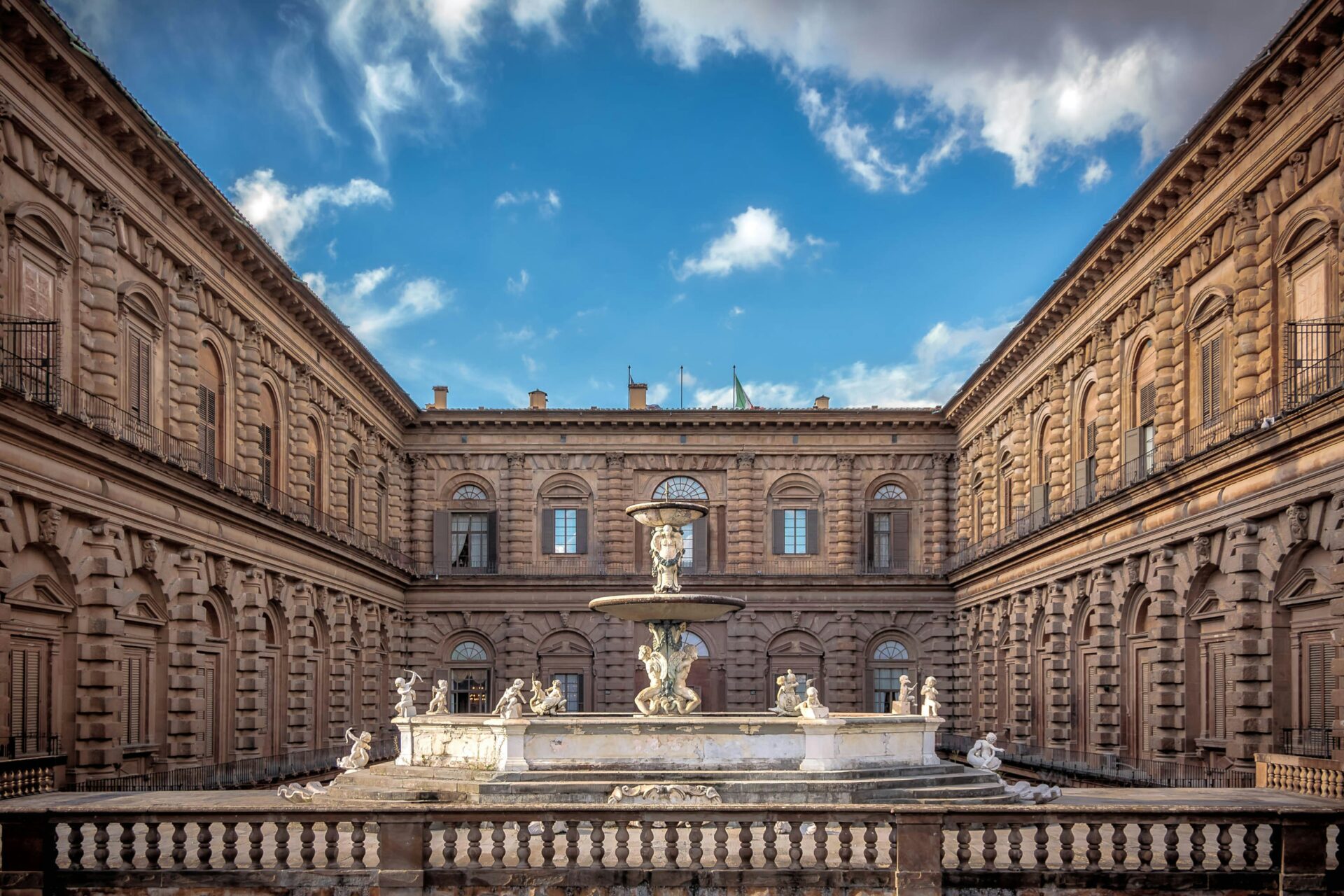
Inside, the opulent state rooms showcase an impressive collection of Renaissance masterpieces. The Palatine Gallery houses works by Raphael, Titian, and Rubens displayed in the traditional salon style – paintings covering walls from floor to ceiling!
Behind the palace, the Boboli Gardens unfold like a green oasis. I spent hours wandering through its geometric paths, admiring ornate fountains and classical statues. These gardens served as inspiration for royal gardens across Europe, including Versailles.
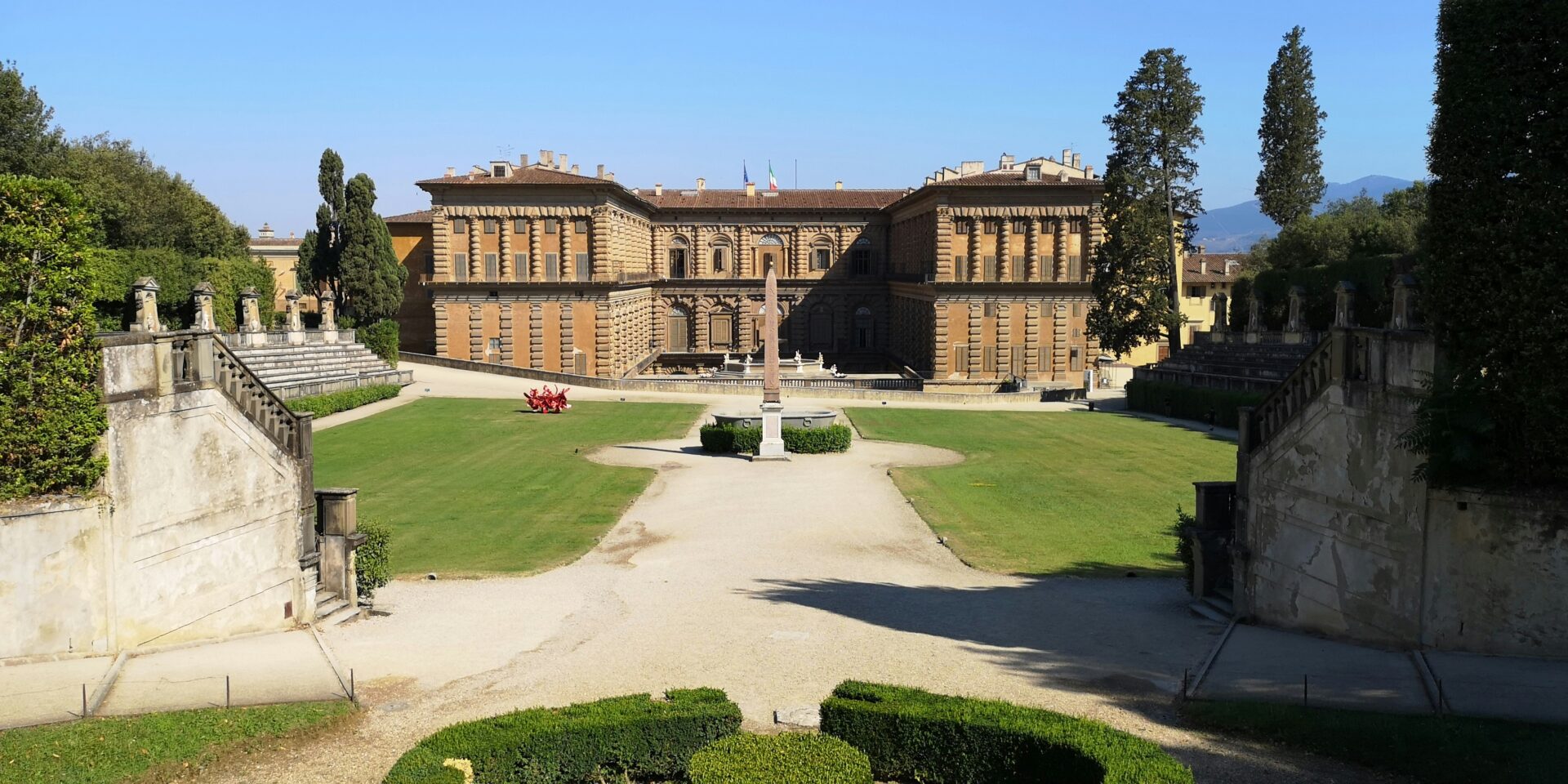
Artisan Workshops: The Heartbeat of Florentine Craft
The narrow streets surrounding Palazzo Pitti buzz with creative energy. Walking through the Oltrarno, I discovered countless botteghe (workshops) where artisans practice centuries-old traditions.
I watched goldsmiths hammering delicate pieces on Via dei Guicciardini and marveled at leather craftsmen creating exquisite goods in tiny studios. Many workshops welcome visitors, offering a glimpse into techniques passed down through generations.
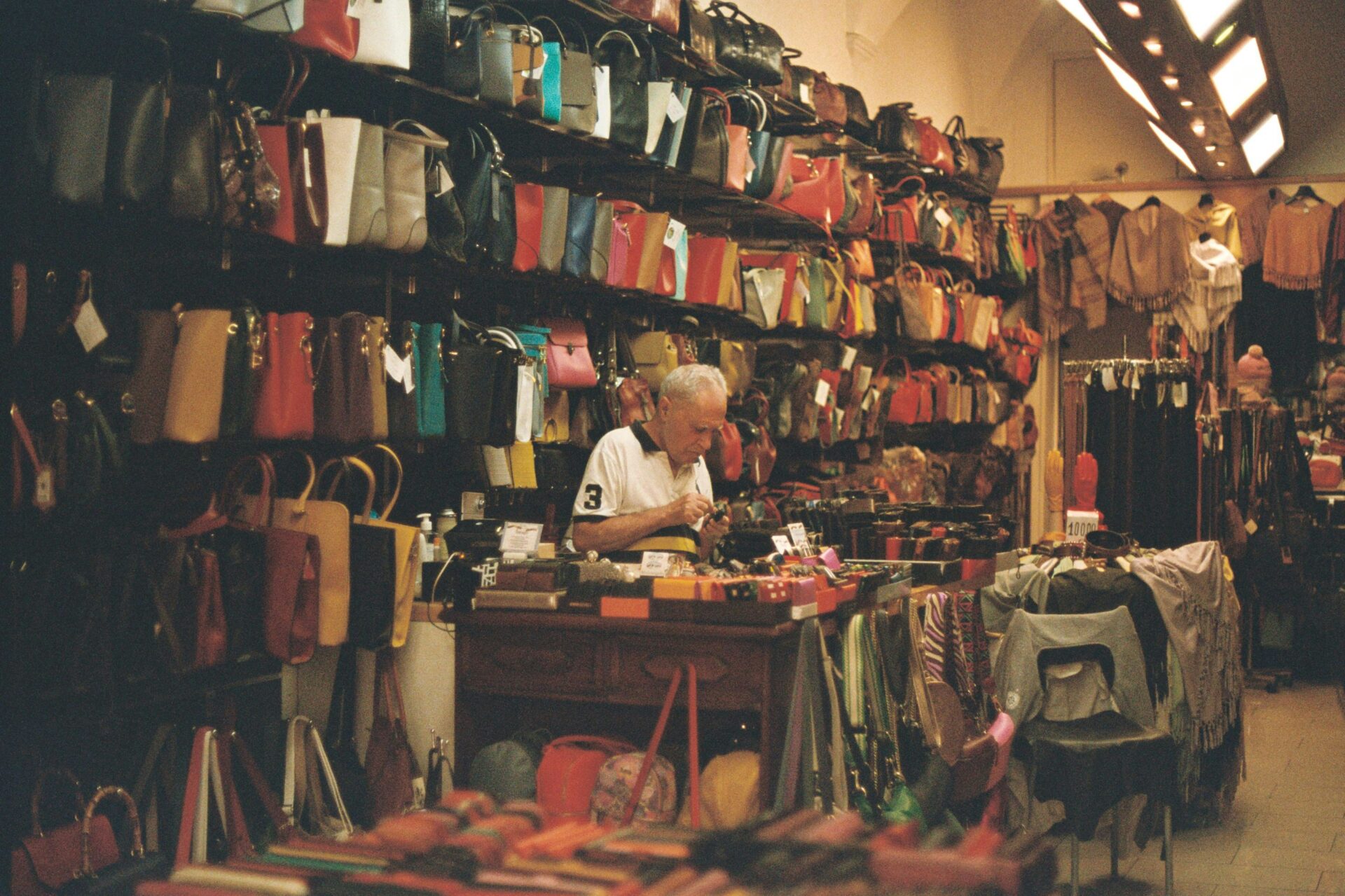
Notable stops include:
- Paper marbling studios where artisans create vibrant patterned sheets
- Wood restoration workshops preserving antique furniture
- Custom shoemakers crafting bespoke footwear by hand
The Oltrarno’s artistic legacy continues today through these dedicated craftspeople. They maintain Florence’s reputation for unparalleled quality and craftsmanship while adapting ancient techniques for modern audiences.
Michelangelo’s Florence: A Journey through His Life
Walking through Florence offers a unique opportunity to follow in Michelangelo’s footsteps and witness his incredible artistic evolution in the very city that shaped him.
David: The Epitome of Renaissance Sculpture
The magnificent David stands as Michelangelo’s most recognized masterpiece in Florence. I was awestruck by this 17-foot marble statue, carved when the artist was just 26 years old. The level of anatomical detail is simply breathtaking.
Originally placed in Piazza della Signoria, David was moved to the Accademia Gallery in 1873 to protect it from weather damage. A replica now stands in the original location.

What fascinates me about David is how Michelangelo depicted him before battle with Goliath. Unlike previous artists who showed David after victory, Michelangelo captured the moment of decision – tense, focused, and contemplative.
The statue embodies Renaissance ideals of human potential and was commissioned by the Medici family, showing their influence on Florentine art.
Accademia Gallery: Sanctuary of Michelangelo’s Works
Beyond David, the Accademia houses several other important Michelangelo works that shouldn’t be missed on any Florence walking tour. I recommend arriving early to avoid the crowds!
The unfinished “Prisoners” (or “Slaves”) are particularly moving. These four figures appear to struggle to free themselves from the marble blocks. Many believe these incomplete works offer insight into Michelangelo’s creative process.
Walking through the gallery, I was struck by how Michelangelo described his process – not as creating something new but as freeing figures already trapped within the stone.
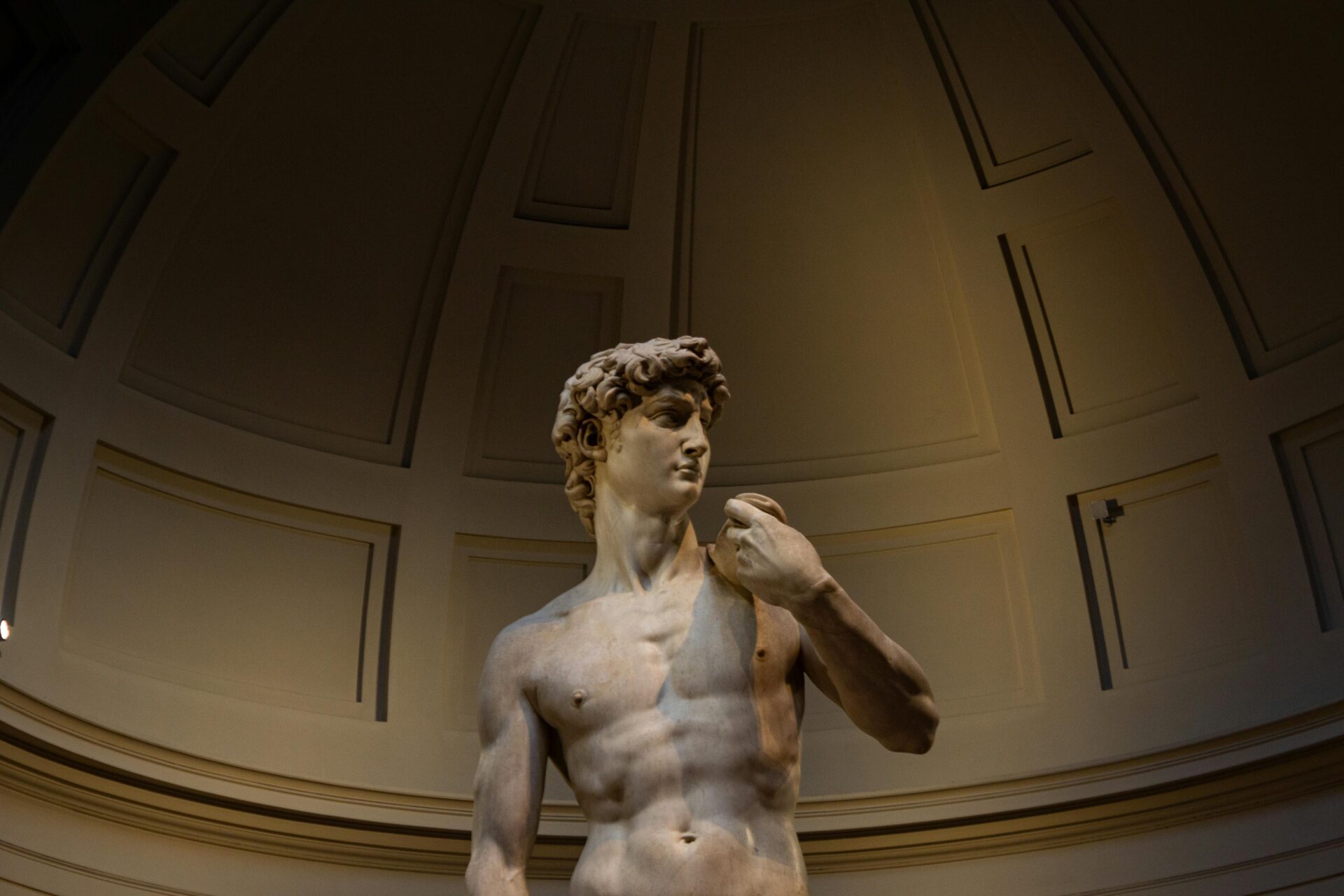
The museum also displays Michelangelo’s Saint Matthew, another unfinished work that shows his technique of carving from the front to the back of a block.
Don’t miss the plaster cast of Giambologna’s “Rape of the Sabine Women” near the exit – it provides context for Renaissance sculpture beyond Michelangelo.
Remarkable Squares and Public Spaces
Florence’s public spaces tell the story of Medici power and Renaissance beauty. These magnificent squares and bridges served as both practical locations and symbols of wealth and influence in the city.
Piazza della Signoria: A Stage of Power and Beauty
Standing in Piazza della Signoria today, I’m surrounded by the same magnificent architecture that once impressed visitors during Medici rule. This square functioned as Florence’s political heart, dominated by Palazzo Vecchio with its imposing tower and copy of Michelangelo’s David guarding the entrance.
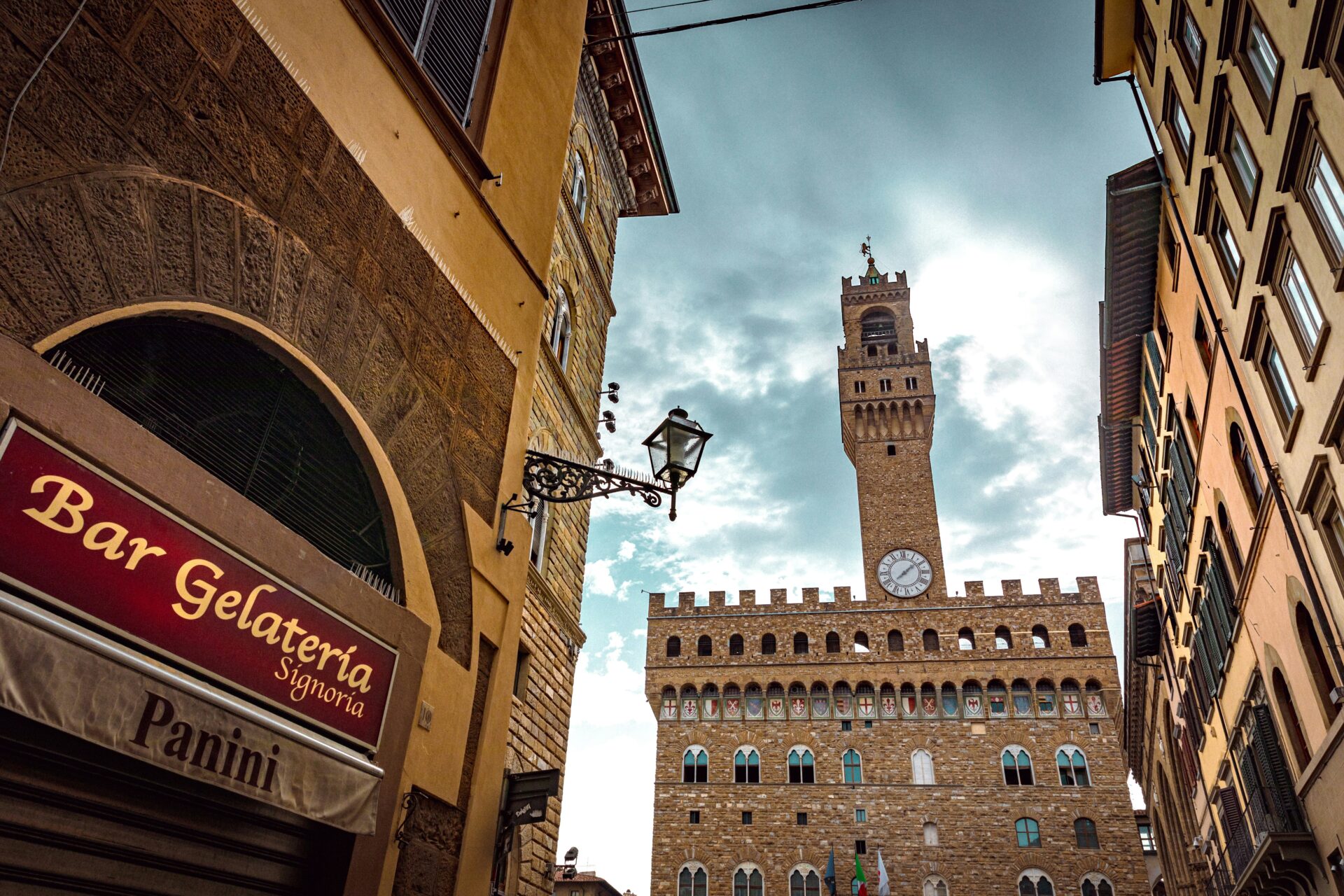
The Loggia dei Lanzi, an open-air sculpture gallery, showcases Renaissance masterpieces including Cellini’s Perseus with the Head of Medusa. I find it fascinating how the Medici used this public space to display their taste and wealth.
The Neptune Fountain and equestrian statue of Cosimo I de’ Medici further cement the family’s legacy in this stunning outdoor museum. Every corner of this square reminds visitors of Florence’s artistic and political importance.
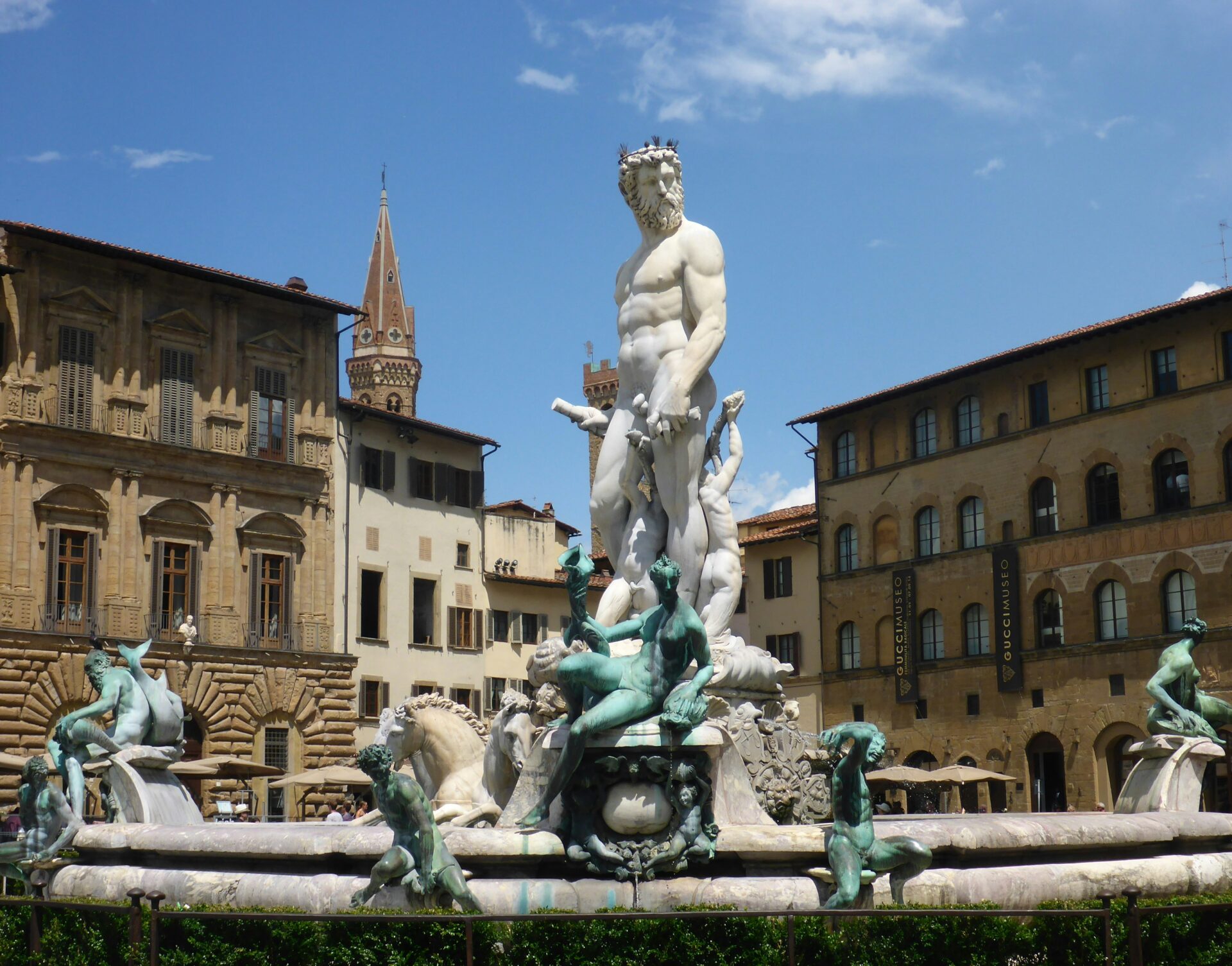
Ponte Vecchio: A Bridge of Hidden Passages
Walking across Ponte Vecchio feels like stepping into a living museum. This medieval bridge spans the Arno River and houses jewelry shops that replaced butchers and tanners in 1593 by Medici decree.
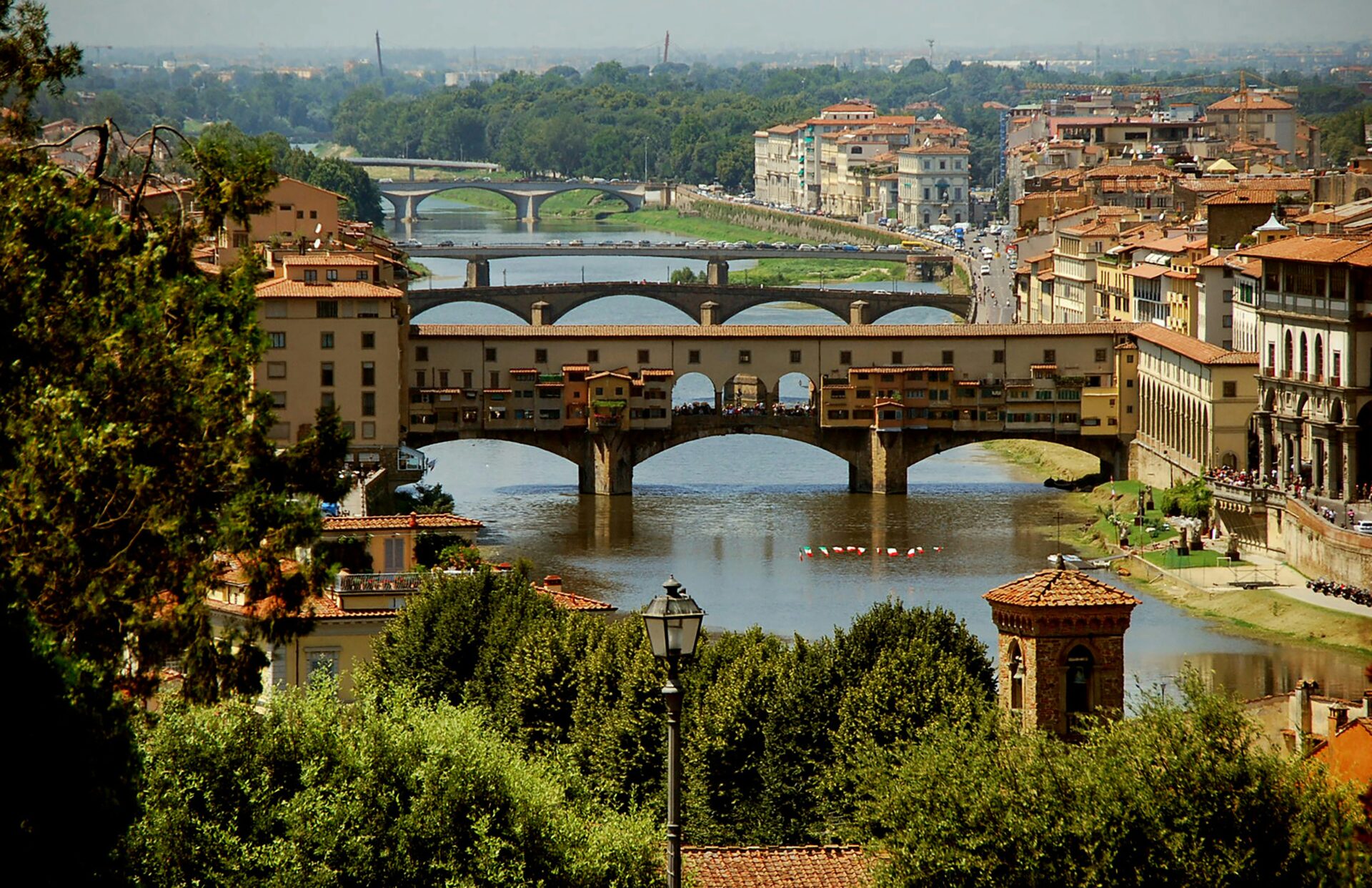
What fascinates me most is the Vasari Corridor running above the shops. This elevated passageway allowed the Medici to move between Palazzo Vecchio and Palazzo Pitti without mixing with commoners. George Vasari built it in just five months in 1565!
I can spot windows where the corridor crosses above, offering glimpses into this secret highway of power. The Ponte Vecchio survived WWII bombing when all other Florence bridges were destroyed, preserving this unique connection between Medici palaces.

